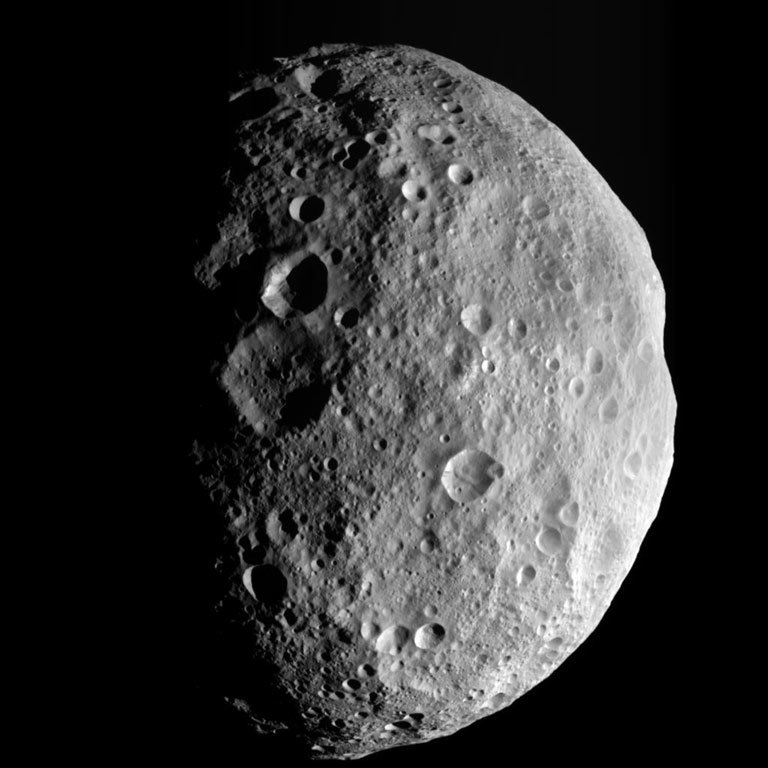By Erich Karkoschka

Jupiter is the most obvious planet, shining brightly at magnitude minus 3 all night. It just had its closest opposition in 50 years.

Saturn is 40 degrees to the west of Jupiter. It is first magnitude in an area of the sky without bright stars.

Mars rises at 10 pm and later in the month by 9 pm. It outshines all surrounding stars of the winter constellations until Sirius rises in the morning. It becomes interesting to observers with a telescope as its diameter reaches 15 arc-seconds, sufficient to see its surface detail.

Uranus rises after dusk in the constellation of Aries. It can be found naked eye if you know exactly where to look and have fairly dark skies.
Neptune is a binocular object 10 degrees to the west of Jupiter.

Mercury is visible during dawn in the first three weeks of October. It is often a challenge when it becomes visible, but around the center of its visibility period it should be quite obvious around 5:30 am low in the eastern sky.

Vesta is at 7th magnitude and thus even brighter than Neptune. It finishes its retrograde opposition period in Capricornus.

The Moon covers two planets. It occults Uranus on the 11th from 9:54-10:29. Ingress and egress take about 12 seconds due to the 4 arc-second disk of Uranus. On the 24th, it occults Mercury after sunrise. Only specialists will be able to locate Mercury in their telescope, and the moon will be invisible as it is not illuminated. Mercury will suddenly dim over 10 seconds and then be gone.


